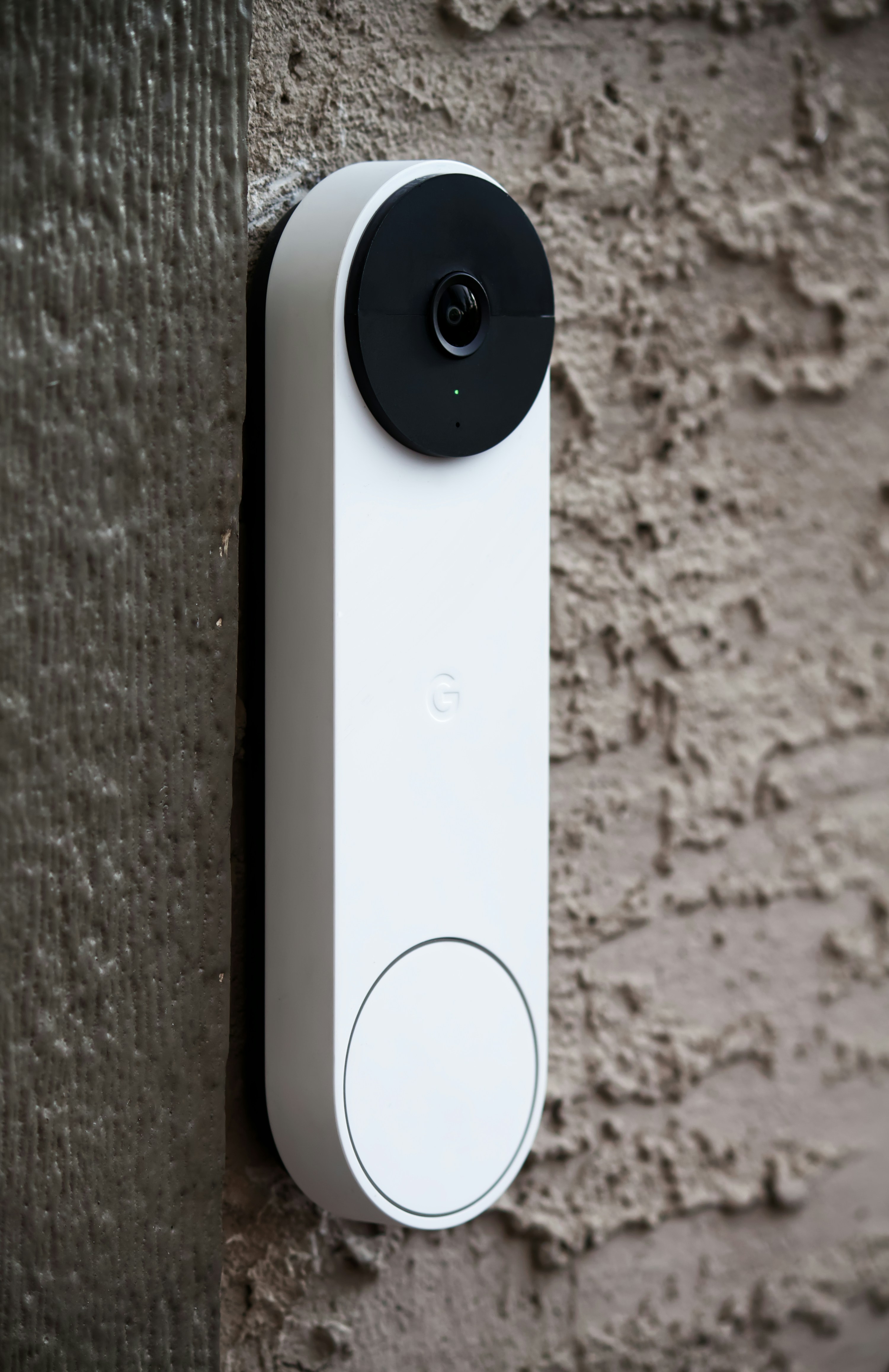From tenants to tech: How smart home devices are changing lettings in Scotland

As Scotland’s residential lettings market continues to evolve, an increasing number of landlords are turning to smart home technology—not just as a nice-to-have feature, but as a strategic investment. From enhancing tenant satisfaction to improving property security and reducing maintenance costs, here’s how smart devices are reshaping the modern Scottish landlord’s portfolio.
1. Boosting Tenant Appeal and Retention
In high-demand areas like Edinburgh, Glasgow, and Aberdeen, property seekers expect more than just central heating and double glazing. Smart thermostats (like Nest or Hive), intelligent lighting, and smart locks offer modern convenience—and a competitive edge. Features such as remote temperature control and mobile entry keys can significantly enhance tenant satisfaction and increase lease turnover.
2. Strengthening Security, Reducing Risk
Smart security systems, including Wi‑Fi doorbells and indoor motion sensors, allow landlords and tenants to monitor properties in real time. These tools help deter break-ins, reduce claims from theft or damage, and provide clear evidence in case of disputes. When combined with comprehensive landlord insurance, they can lead to lower premiums overall. For landlord-specific coverage and peace of mind, consider exploring flexible policies like those offered by Insure My Landlord Insurance that recognise the value of modern security devices.
3. Cutting Running Costs and Enhancing Maintenance
Smart thermostats intelligently adapt to tenant routines, optimising heating schedules and potentially reducing energy use—and bills. Some models can detect leaks or HVAC issues early and send alerts, helping to prevent small issues from turning into costly repairs. Additionally, smart water sensors or carbon monoxide alarms can prevent major damage or serious health hazards, providing added reassurance for both landlords and tenants.
4. Safeguarding Data While Respecting Rights
Despite their benefits, smart devices raise valid concerns around data privacy. Under UK GDPR, tenants must be informed if cameras or voice-activated devices are in use, and devices must not intrude on private areas (bathrooms, bedrooms). Landlords should ensure vendor privacy policies are transparent, and that device access is limited to what’s necessary for property safety and maintenance.
5. Choosing the Right Devices for Your Scottish Portfolio

When selecting devices, look for solutions with user-friendly setup, reliable support, and seamless integration with property-management tools commonly used across Scotland.
6. West vs. East: Regional Smart Tech Opportunities
Urban dwellings in Edinburgh or Glasgow often benefit most from smart home setups—especially short lets and inner-city flats. Meanwhile, rural or historic conversions may face insulation or system limitations that make smart heating tricky—but even then, smart security and leak detection offer strong value.
7. Final Thoughts: Smart Tech Meets Smarter Landlording
Embracing smart home technology can elevate your lettings business—helping to attract quality tenants, streamline property upkeep, and reduce risk. When partnered with suitable insurance coverage such as policies from Insure My Landlord Insurance, tech-enhanced properties set a new standard in modern landlord professionalism.





